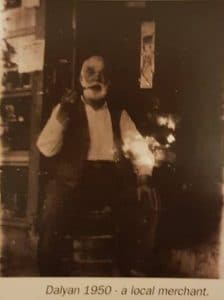 Devranzade Tahsin Aga, a prominent citizen of the region, owned a 17-decare property in the vicinity of Dalyan, granted to him b Mihrişah Sultan. Later, his grandson Tahsin Davran realised a life-long wish to sell the property as a part of the Land Reformation Act in 1940, shortly before his death. Ali Riza, the village head of the time, was instrumental in making the transaction so that 120 inhabitants of Dalyan shared titles in what became the beginning of Dalyan’s present land registry.
Devranzade Tahsin Aga, a prominent citizen of the region, owned a 17-decare property in the vicinity of Dalyan, granted to him b Mihrişah Sultan. Later, his grandson Tahsin Davran realised a life-long wish to sell the property as a part of the Land Reformation Act in 1940, shortly before his death. Ali Riza, the village head of the time, was instrumental in making the transaction so that 120 inhabitants of Dalyan shared titles in what became the beginning of Dalyan’s present land registry.
Following World War II (1950s and 1960s), when the whole world was subject to the winds of change, Dalyan’s traditional reed-mud houses were replaced with brick and concrete. In the town centre open-air farmer’s markets enlivened the atmosphere while grocery stores selling almost anything from food to horseshoes and even kerosene used to light the oil lamps, (as there was no electricity in those days), became a staple for the community. The four butchers of Dalyan would slaughter animals mostly only on Fridays, at the municipal slaughter-house near the canal, to provide the market with meat. Up until Dalyan’s first restaurant was opened by the brothers Ali and Mehmet Menteşe, shoppers at the marketplace would have no other choice but to eat one of Baker Mehmet’s (Mehmet Olgun) halva-sandwiches, consisting of sautéed liver and fried fish. (Karaagaç 2009)
Until the 1970s, the marketplace was composed of barber, tailor and shoemaker shops, as well as a two-storey inn belonging to Şükrü Kabakçı, which was the heart of the town’s social life. The lower floor of this building was used as a coffe house while the upper floor served as a hotel. Villagers coming to the Friday market would tie mounts at the empty land in front of the inn, where travelling cinemas that came to Dalyan frequently in summers would show films. Excited by the criers walking the streets as well as a couple of posters, families would bring their stools to the front of the Inn coffeehouse in the evening. Later, cinema owners Özkan (Özkan Öz) and Musa Zeybek, natives of Dalyan, continued the cinema shows in front of the Inn coffeehouse and Musa Zeybek established Dalyan’s first permanent open-air cinema in the courtyard of his house (Karaagaç-2009). In 1980 the municipality nationalised and demolished the Inn, but its land served for a long time as a showground for travelling artists.
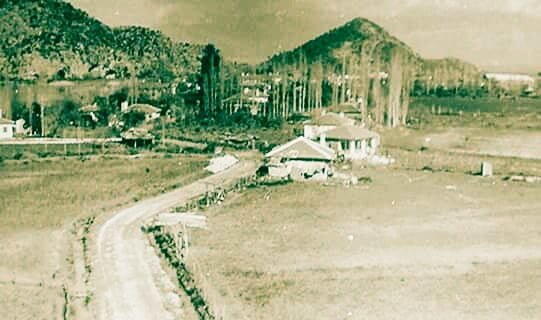
Cotton plantations were a common sight on the Dalyan plain since the early 1900s. However, the first of the threshing factories which separated the cotton from its seed to obtain cotton fibre was founded in 1950 by Mustafa Özpirinç, from one of the prominent families of Bursa. This industrial enterprise was followed by the threshing factories of Ali Aktaş and Mehmet Çoban and the “Erkullar Threshing Factory” founded by Hasan and Ali Erkul However, this factory was later on converted into a plant where oil was extracted from cottonseeds.
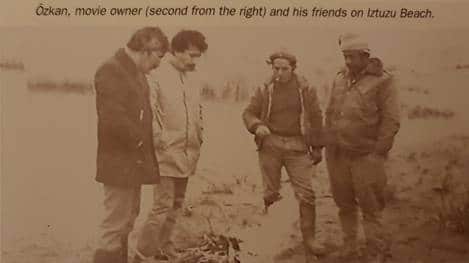
While the threshing plants started to close one by one at the beginning of the 1980s, agriculture turned from cotton to citrus gardens, and tourism started to play a leading role in Dalyan’s economy. During Hasan Erkul’s term as Mayor, Dalyan was connected to the national power grid, and the first light bulb that was lit occasioned a joyful celebration in 1976. However, the only step taken with regard to tourism was installing in front of the inn four languages in 1960.
During the archacological excavations initiated by Prof. Dr. Baki Ogün from Ankara University in the summer of 1968, Caunos was brought to the light of day and became one of the focal points of cultural tourism. Towards the end of the 1970s a few families in Dalyan started to receive a limited number of Turkish and foreign tourists as lodgers in their houses; but they accepted these visitors warmly as guests rather than as customers.
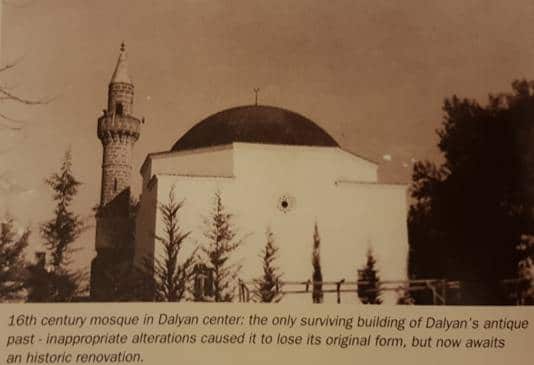
In the 1980s, Dalyan’s only connection to Ortaca was a 12 km. dirt road; and as it was far from the Mugla-Fethiye highway and without a seaside, the town was not attracting the attention of people seeking sand, sea and sun holidays. The natural beauty, thermal springs and archaeological wealth surrounding Köycegiz and Dalyan remained hidden. Actually being ignored as a touristic destination allowed opportunities for Köycegiz and Dalyan to protect the alternative tourism areas as well as the balance of nature. This way, one of the rare fresh-saltwater ecosystems of the world as well as the unequalled flora and fauna, (where most species are endemic), and all of which are man’s common natural and cultural heritage, were saved from concrete buildings carelessly built by tourism and the invasion of summerhouses.
The second piece of luck involved the Caretta Carettas. Iztuzu Beach is one of the primary Mediterranean mating areas of these cute, gentle giants. These Loggerhead sea turtles have come to be designated as an “endangered species” by international natural preservation treaties. New regulations were required to place the beach under protection so that the Caretta Carettas could lay their eggs without being disturbed so that the young could reach the sea safely after leaving their hatching holes. The campaign started with environmental preservation volunteers (See: Captain June) and wound up attracting global concern for Iztuzu Beach through the media and eventually ignited interest among nature lovers to Dalyan.
It was crucial that plans should be made to protect the fragile ecological balance in Köyceğiz and Dalyan and to ensure that the variety of alternative tourism provided by the region could be passed on to further generations. An important step was taken when the ecosystem and its surroundings were designated and declared a “Natural Reserve” in 1988.
Source: Koycegiz – Dalyan A Journey Through History Within The Labyrinth of Nature, (pages: 78-83), Altan Türe, 2011, Faya Kültürel Yayınları
More articles on this subject:


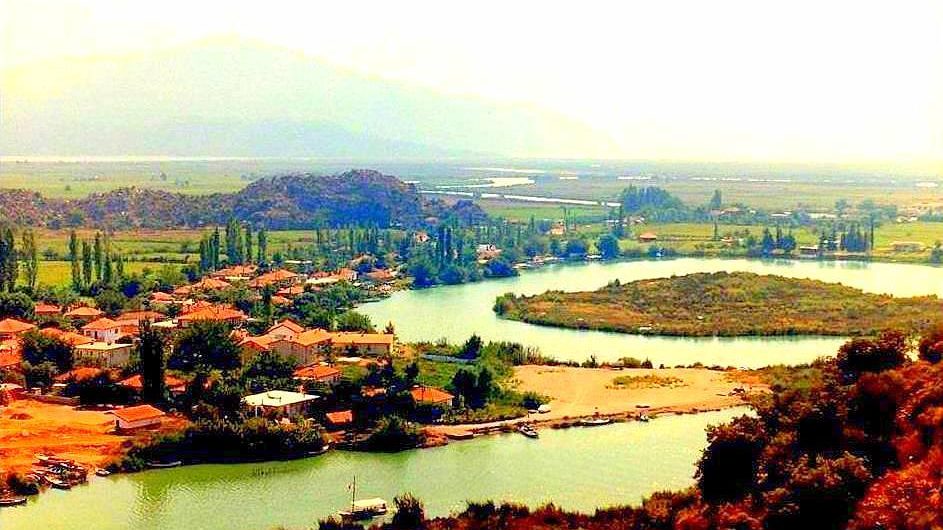
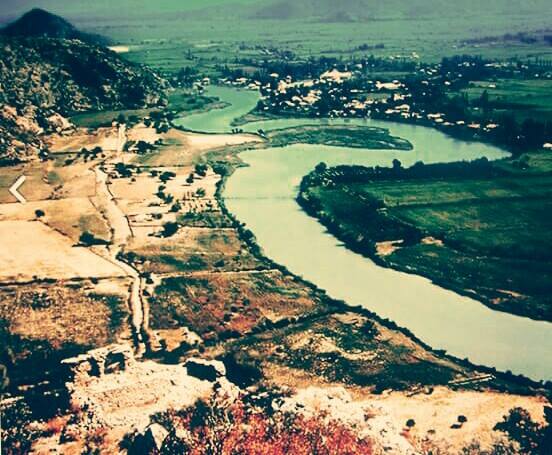
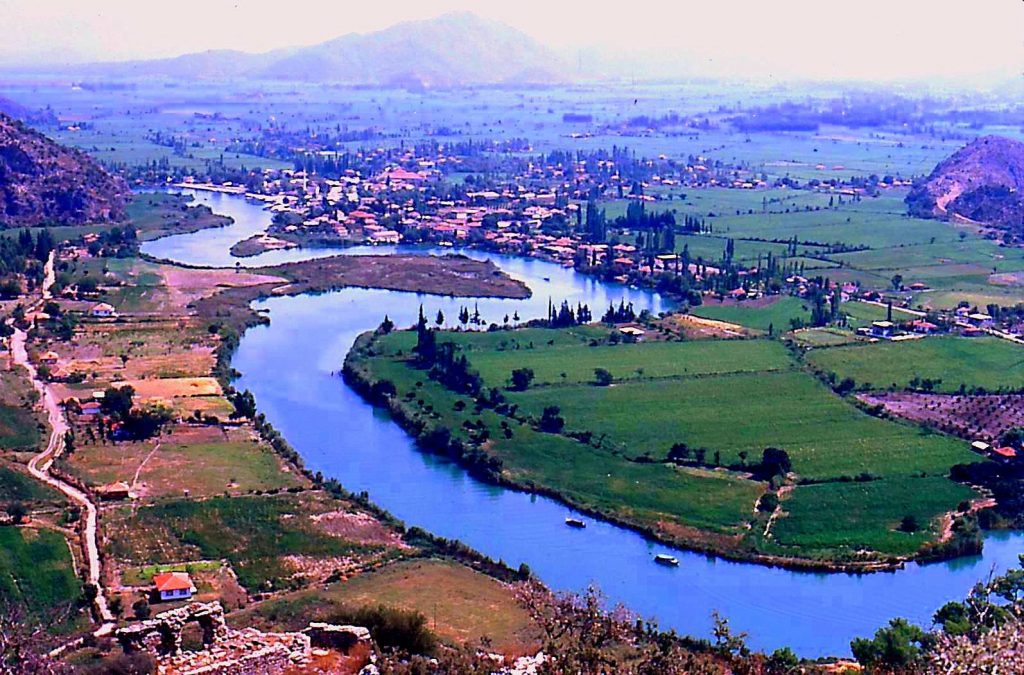
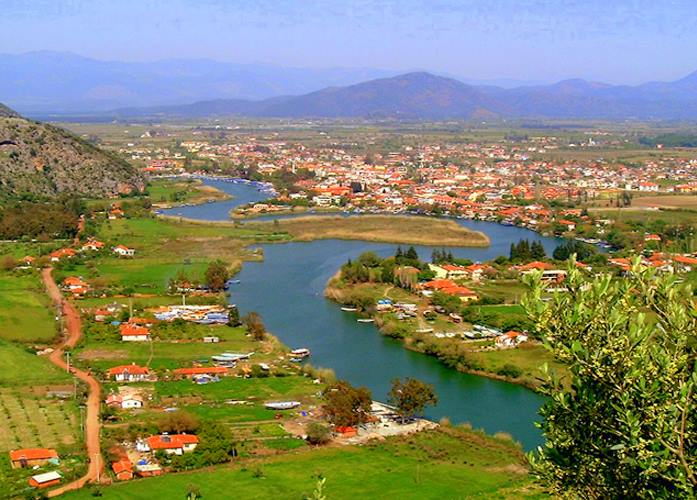
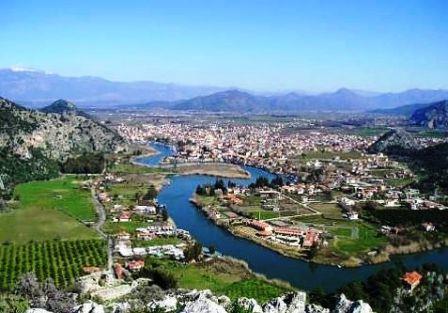
Comments